Exclusive Content
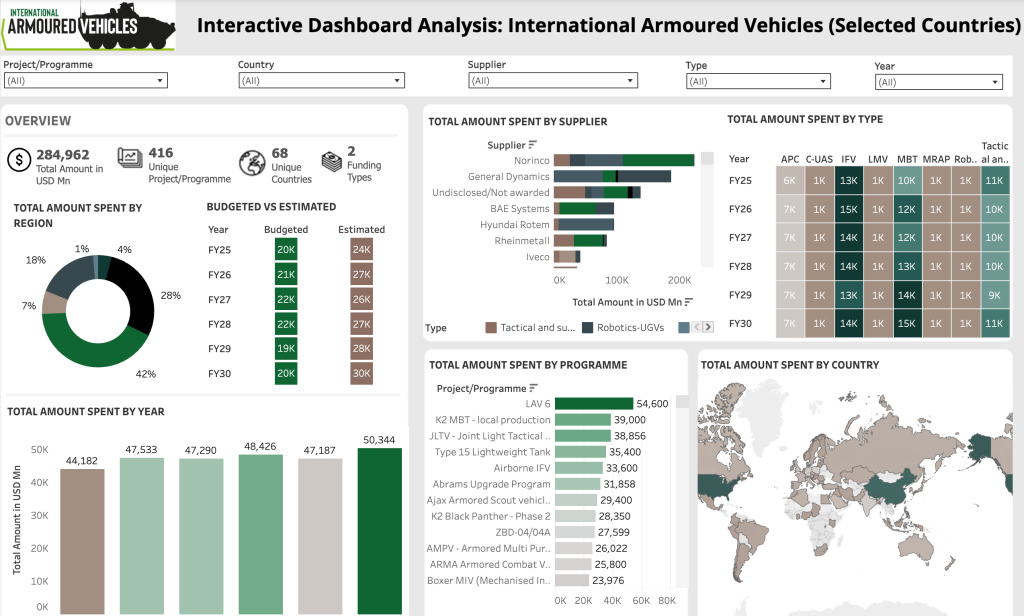
International Armoured Vehicles Interactive Market Report: 2026-2030
The International Armoured Vehicles Interactive Market Report is your essential resource for understanding the latest trends, challenges, and opportunities shaping the global armoured vehicles market. Designed with defence professionals in mind, this interactive report provides a clear overview of procurement priorities, technological advancements, and investment drivers across key regions. Inside, readers can explore up-to-date market data, expert analysis, and insights drawn from industry leaders and military stakeholders.
Whether it’s understanding where governments are directing budgets, discovering which technologies are gaining traction, or benchmarking your own strategy against global peers, this report offers valuable intelligence at your fingertips. More than just a static document, the interactive format allows you to navigate areas of most relevance to your role, ensuring the insights you uncover are directly applicable to your objectives.
For decision-makers, suppliers, and strategists alike, it’s an indispensable tool for staying ahead.

How will Armour Fight in The Future; Insights from Colonel Armin Dirks, Head of Operations, Combined Project Team of Main Ground Combat System
All forces face the question, “How will we fight in the future?” Recent conflicts have highlighted the rapidly changing nature of warfare, from the doctrinal to the tactical, due to quickly changing and accessible technologies combined with their imaginative but practical employment. In preparation for the International Armoured Vehicles Conference 2025, we have had the privilege of having Colonel Armin Dirks, Head of Operations of the Combined Project Team of Main Ground Combat System, share his thoughts on this question. As one of the leading figures in bringing the next generation's main battle tank into a reality, few people are in a better position to determine the future of armoured warfare. To answer the question of “How will we fight in the future?”, we have asked the following subset of questions:
- What are some of the everlasting challenges versus new challenges that forces face?
- Considering the trends we have seen on recent battlefields, are there any calls to rethink aspects of modern armoured warfare rather than simply evolving the thought behind it?
- Modern thought on armoured vehicle requirements has shifted from the “Iron Triangle” (Protection, Firepower, and Mobility) to the “Steel Hexagon” (Lethality, Autonomy, Adaptability, Connectivity, Survivability, and Mobility). What are your thoughts on the implications of this for capabilities?
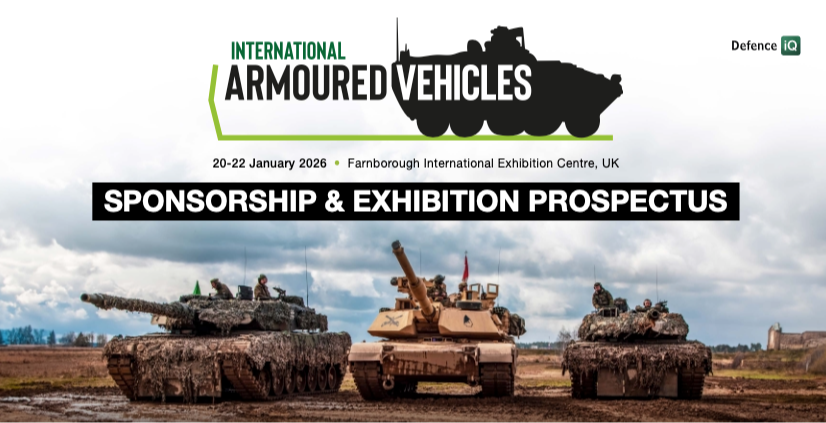
International Armoured Vehicles 2026 - Sponsorship Prospectus
See why International Armoured Vehicles has established itself, and has been recognised as the world’s premier international meeting ground for all elements of the armoured community, attracting 1,500 attendees from over 60 nations over 3 days of strategic discussions, programme updates, workshops and tech/equipment demos.
Download the Sponsorship Prospectus to see how you can leverage our platform and get your offering and expertise the exposure they deserve. Details in the document include:
- Attendee breakdown
- Key themes/Topics
- Engagement opportunities
- Sponsorship packages
- 2026 Partners
↓↓ Fill in the short form to get your copy ↓↓
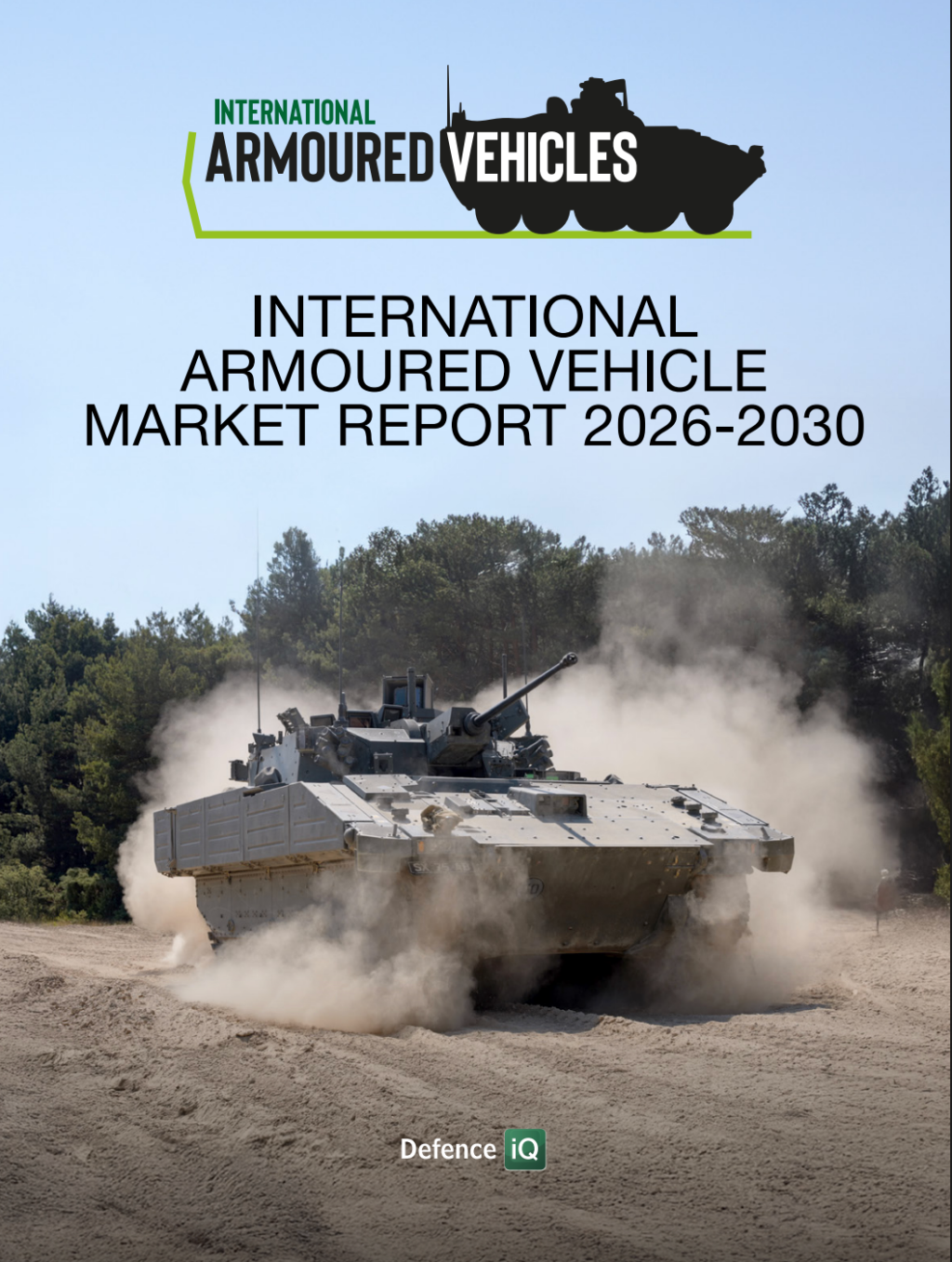
International Armoured Vehicle Market Report 2026-2030
Defence iQ's IAV 2026–2030 Market Report provides an in-depth breakdown of the global armoured vehicles sector, beginning with an analysis of overall trends, including the growing role of robotics and unmanned ground vehicles (UGVs), before examining key national programmes across regions such as Europe, Asia-Pacific, North America, the Middle East, Africa, and South America. Each regional section offers detailed country-level insights, outlining procurement activity, modernisation priorities, and future capability requirements.
Our comprehensive report also highlights major programmes in development, as well as shifts in technology adoption and industrial collaboration. Tables and figures are included throughout to illustrate market activity, comparative data, and long-term forecasts.
The IAV Market Report equips defence professionals, industry stakeholders, and policymakers with a clear view of current and future armoured vehicle demand worldwide. Download it today!

There's No I in Human Machine Team by Nicholas Valentine
While the battlefield is becoming more automated and robotic, discounting the human factor would be a mistake. While uncrewed technology has evolved rapidly, how we think of human-machine teaming (HMT) on the battlefield needs to catch up; otherwise, the technology will not reach its realised potential. To delve into this topic, the lead engineer at the UK’s Human-Machine Teaming Future Capability Innovation group, Nicholas Valentine, shares his thoughts. This whitepaper by Nicholas Valentine covers:
- The importance of the human aspect in HMT
- The role of understanding purpose in HMT
- The role of Robot Logic on the Battlefield

How Will We Fight In the Future? IAV 2025 Vehicle Exhibit Preview
For the 25th annual International Armoured Vehicle Conference, we are expanding to an even bigger venue, the Farnborough International Exhibition Centre. This new and ample space permits us to take our vehicle exhibitions to the next level. The exhibition is, however, much more than a showing of the latest vehicles; it's an opportunity to understand how these platforms will answer the question, “How will we fight in the future?”
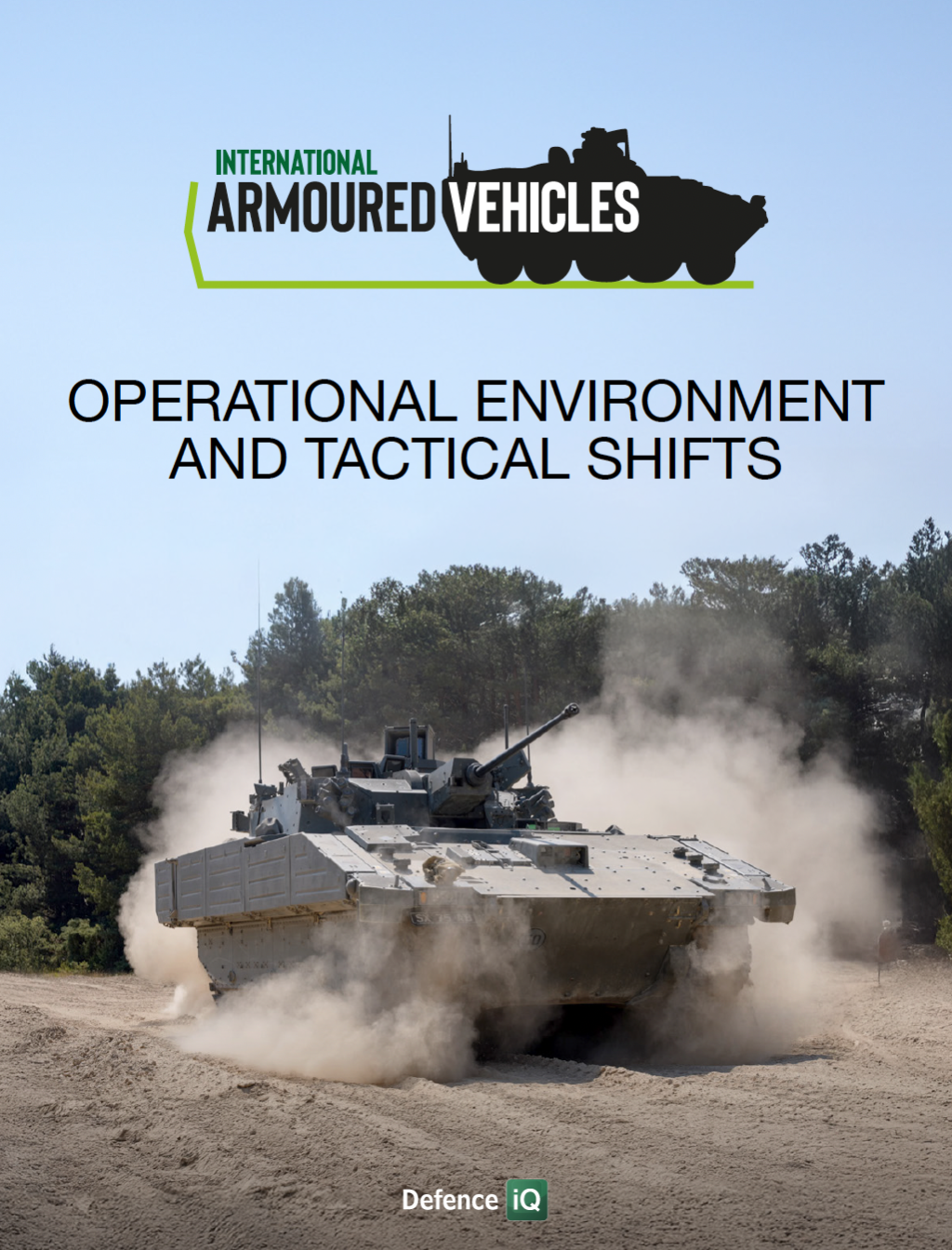
International Armoured Vehicle Market Report: Operational Environment and Tactical Shifts
The International Armoured Vehicle Market Report: Operational Environment and Tactical Shifts examines how modern conflict is reshaping armoured warfare. It outlines lessons from Ukraine and Gaza, highlighting the rising threat of drones, electronic warfare, and deep minefields, which are forcing militaries to adopt multi-layered survivability systems, counter-UAS technology, and new manoeuvre tactics.
The report also explores how interoperability and digital integration are becoming central to multinational operations, with initiatives such as NATO’s NGVA standards, ESSOR radios, and programmes like SCORPION and CAVS enabling coalition forces to fight as a networked whole.
These insights show how armoured vehicles are evolving from standalone assets into digitally connected, combined-arms platforms. Download your copy today.

Surviving Future Battlefields: The UK's Approach to Developing Active Protection Systems, Interview with Tom Newbery, DSTL
The importance of Active Protection Systems (APS) has only increased as threats to armour have evolved to the point where passive protection systems are not enough. New armour-penetrating technologies and techniques, which are more prevalent in near-peer conflicts, vehicle weight limitations, and the evolution of more efficient sensors and effectors have set APS systems to become mainstream. In this interview, we discuss the UK’s APS efforts with Tom Newbery CPhys from the Platform Survivability Group at the Defence Science and Technology Laboratory, the UK’s foremost defence research organisation. In this interview, we discuss:
- Trends in armoured vehicle survivability
- Challenges and opportunities in developing APS
- Implications for Industry and Forces
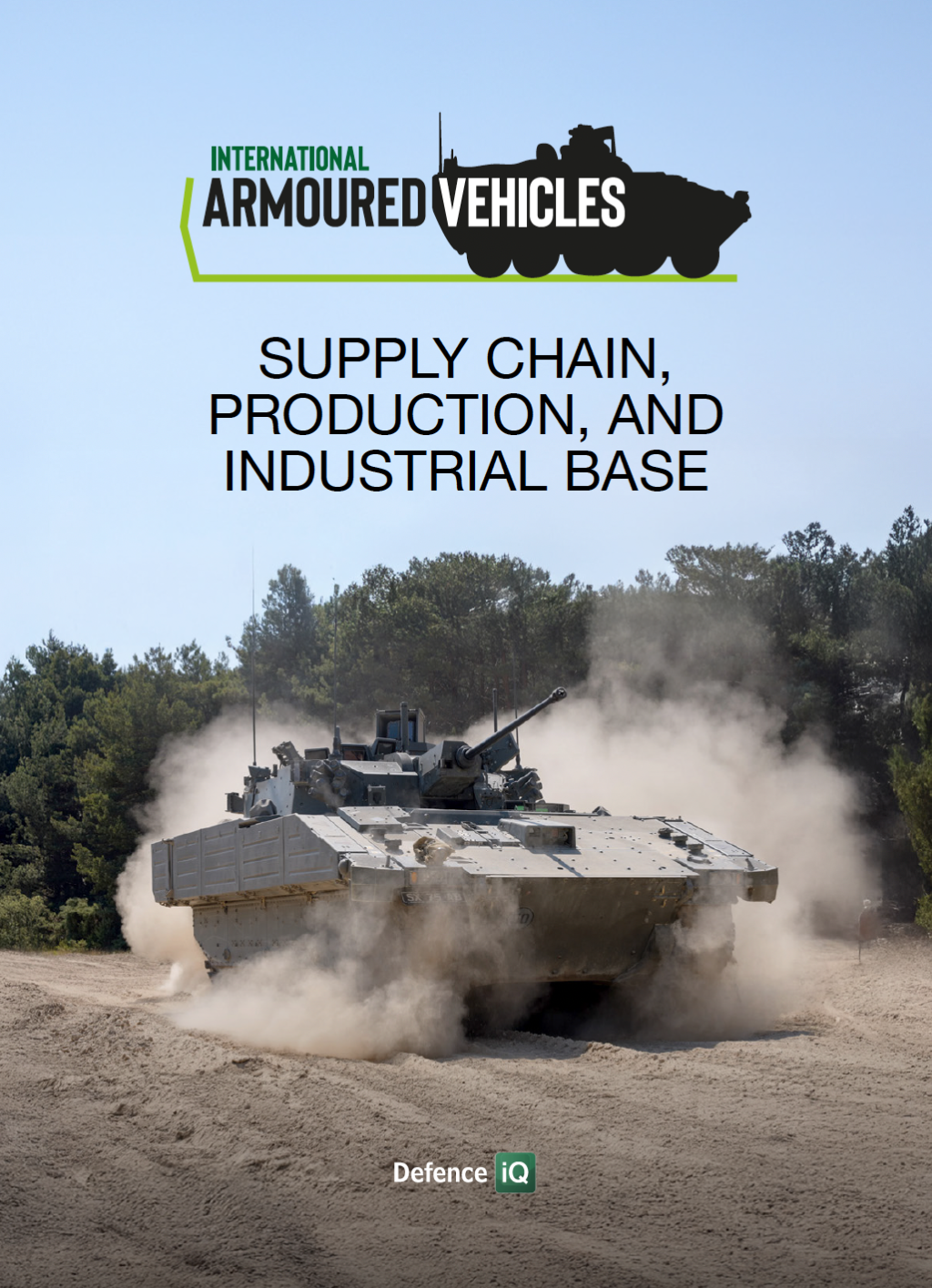
International Armoured Vehicle Market Report: Supply Chain, Production, and Industrial Base
Find out how defence manufacturers are balancing record demand with persistent bottlenecks in skilled labour, subsystems, and global supply chains.
Our expert report analyses the rise of multinational programmes such as CAVS and Boxer, the role of export controls and licensing frameworks in shaping delivery timelines, and how collaboration through OCCAR and NATO NSPA is redistributing risk and cost. The report also highlights future opportunities for industry, from unmanned ground systems and retrofit kits to climate-resilient platforms and mid-life upgrades.
With governments prioritising both speed and scale, it offers clear insights into where suppliers, policymakers, and investors can expect the greatest pressures, and opportunities, across the global armoured vehicle sector.
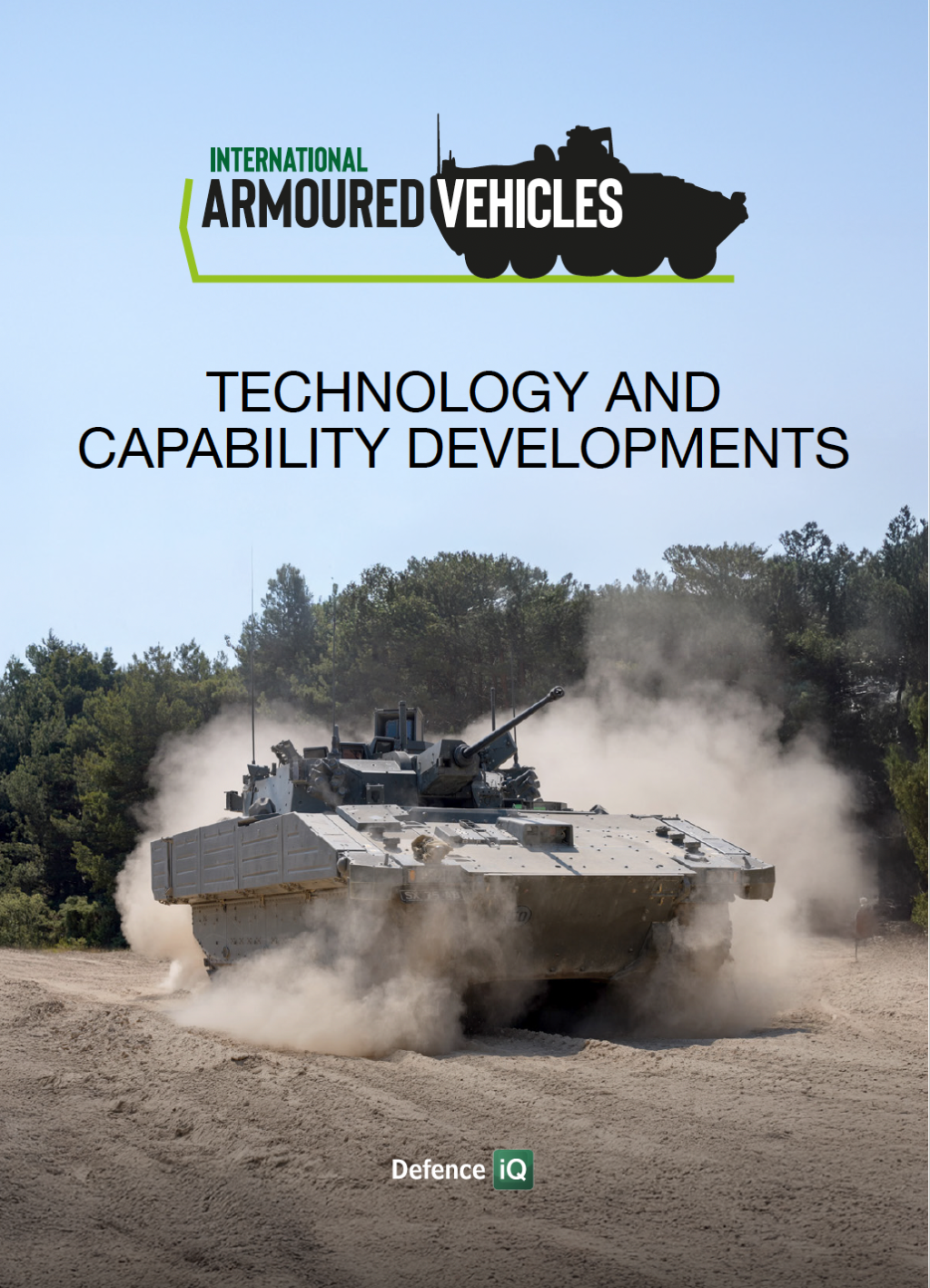
International Armoured Vehicle Market Report: Technology and Capability Developments
The defence sector is undergoing rapid transformation, with armoured vehicle programmes evolving to meet new operational and technological demands. This report explores how advances in protection, power, and digital integration are reshaping capability development and assesses the impact of emerging technologies on future battlefield requirements.
Highlighting the key trends driving modernisation means we can better understand how armed forces and industry are preparing for the next generation of armoured warfare.
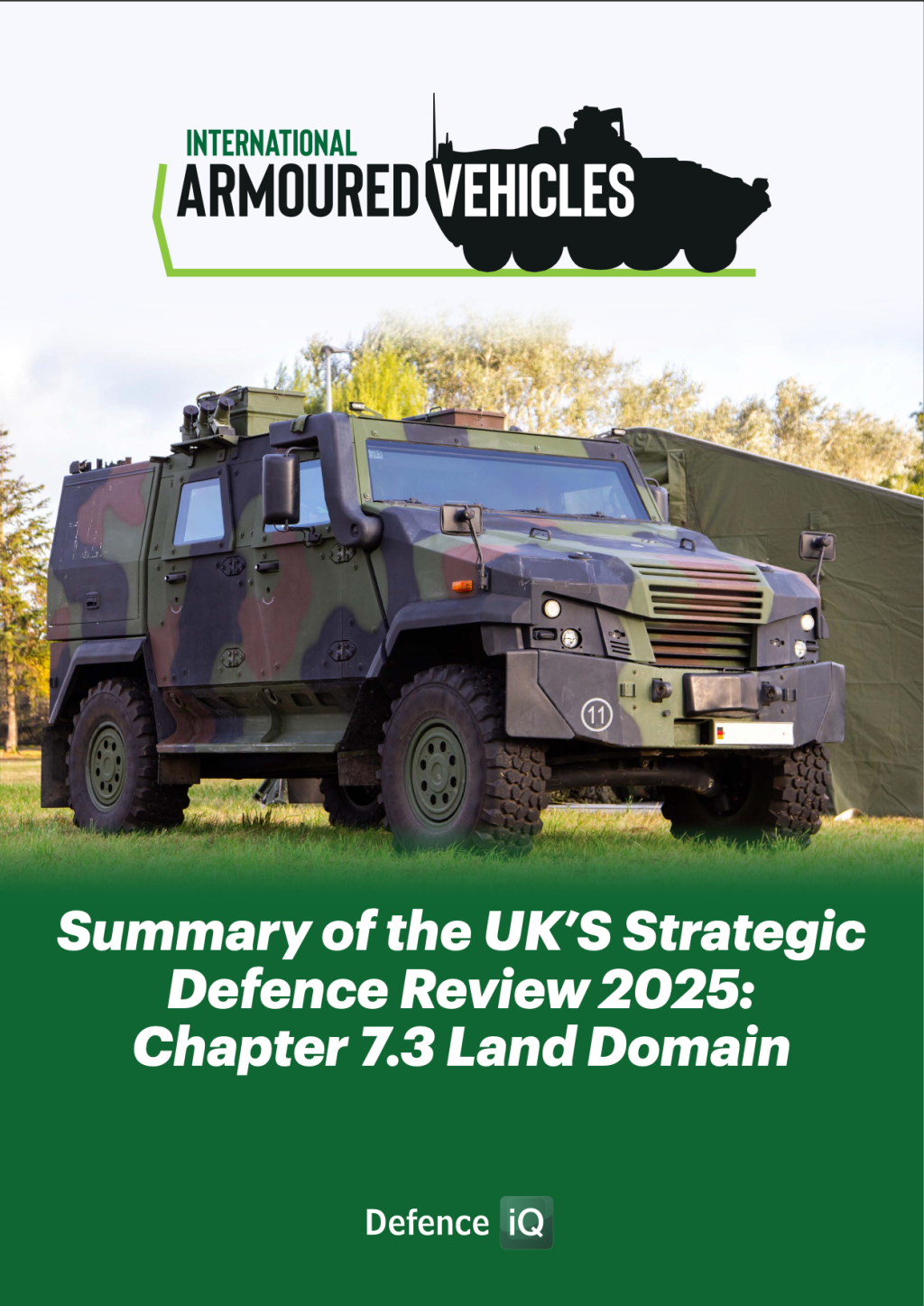
Summary of the UK’S Strategic Defence Review 2025: Chapter 7.3 Land Domain
This summary of Chapter 7.3 of the UK’s Strategic Defence Review 2025 provides a high-level overview of the evolving priorities and capabilities within the British Army’s land domain. It highlights the broad direction of travel for modernisation, force readiness, and integration within NATO frameworks, offering a timely context for discussions at the International Armoured Vehicles Conference 2026.
As the world’s premier forum for the armoured vehicles community, the event will bring together senior military leaders, government officials, and industry experts to explore the technologies and strategies shaping the future of land-based defence.

The Future of Armoured Warfare - An Interview With Brigadier General Miguel Freire
In this exclusive interview, Brigadier General Miguel Freire offers a rare look into the operational priorities shaping modern air and missile defence in Portugal and across NATO. He reflects on a fast-changing threat environment, alongside the importance of interoperability, and the lessons drawn from recent conflicts.
This compelling read is ideal for anyone interested in how senior military leaders are preparing their forces for the challenges ahead.



